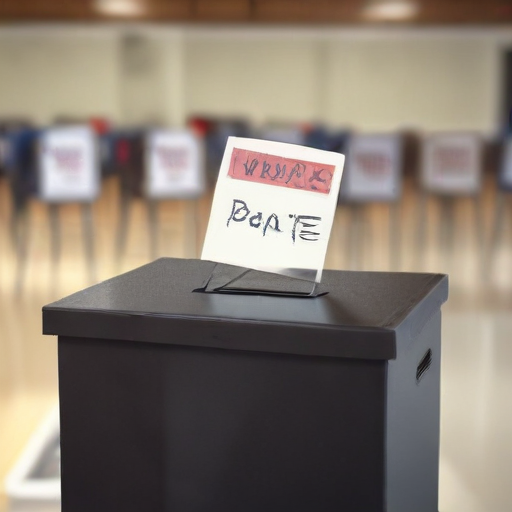Election Day has arrived in Ohio, presenting voters with Issue 1, a critical constitutional amendment aimed at reforming the way congressional and state legislative districts are drawn. If approved, this amendment would eliminate partisan control over the redistricting process, replacing it with a balanced independent commission of citizens responsible for delineating the boundaries of 15 congressional districts, 33 state Senate districts, and 99 state House districts.
The initiative, spearheaded by Citizens Not Politicians and supported by the Columbus Dispatch Editorial Board, seeks to curtail the practice of gerrymandering—where district lines are manipulated to favor one political party over another. This reform has stirred significant public debate, with advocates emphasizing that it empowers citizens and promotes fair representation.
Proponents, such as columnist Thomas Suddes, argue that Issue 1 addresses the hyper-partisanship and dysfunction often present in legislative bodies. They highlight the importance of moving away from systems that currently benefit one party, primarily the Republicans in Ohio, and suggest that a more equitable distribution of power will lead to better governance.
In contrast, opponents of Issue 1 caution that the amendment could lead to an unaccountable body of unelected officials, casting doubts on its democratic integrity. Critics raise concerns about the funding sources behind the initiative, indicating a strong influence from external entities with political agendas.
Another favorable voice, Mike Curtin, notes that the current maps drawn in Ohio are often absurd, connecting disparate regions without logical justification. He emphasizes the growing national movement against gerrymandering, framing this amendment as a necessary step towards achieving fair political representation.
Opposing viewpoints include arguments from figures like Rob McColley, who emphasize the risks of undermining electoral accountability and allowing outside influence to dictate local political processes. They express concern over the substantial financial backing from organizations not rooted in Ohio, suggesting that local citizens may be sidelined in favor of outside interests.
In summary, Issue 1 has sparked a vibrant discussion around its implications for democracy in Ohio, with strong opinions on both sides. While the amendment has the potential to empower voters by putting an end to gerrymandering and fostering fair representation, it also raises legitimate questions about accountability and the influence of external funding in shaping local governance.
As Ohioans head to the polls, the decision on Issue 1 represents more than just a policy change; it is a reflection of the values and priorities of the state’s electorate regarding representation and governance integrity. Voter involvement in this process is crucial, and regardless of the outcome, the conversation around redefining district boundaries is an important step towards responsive governance.
